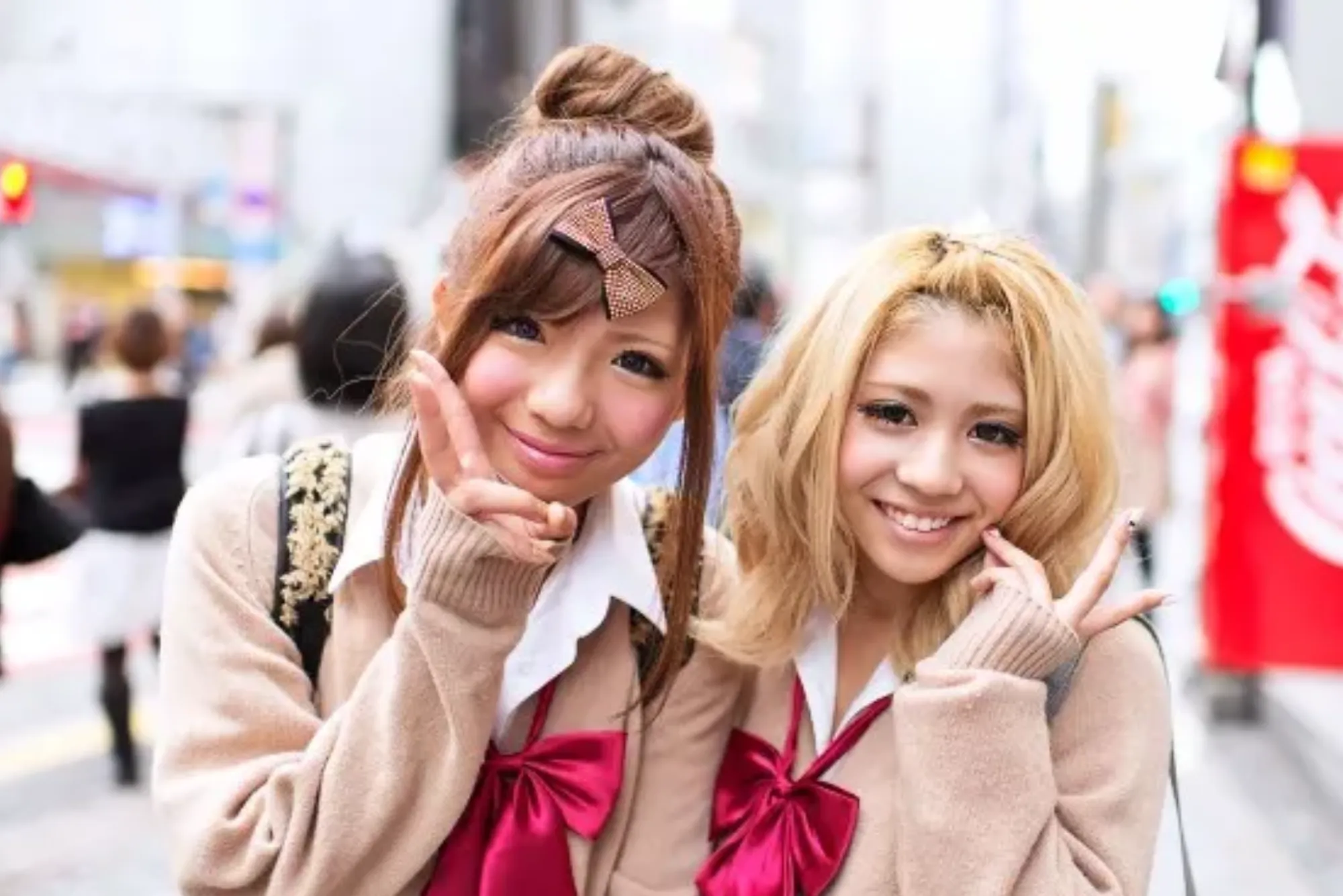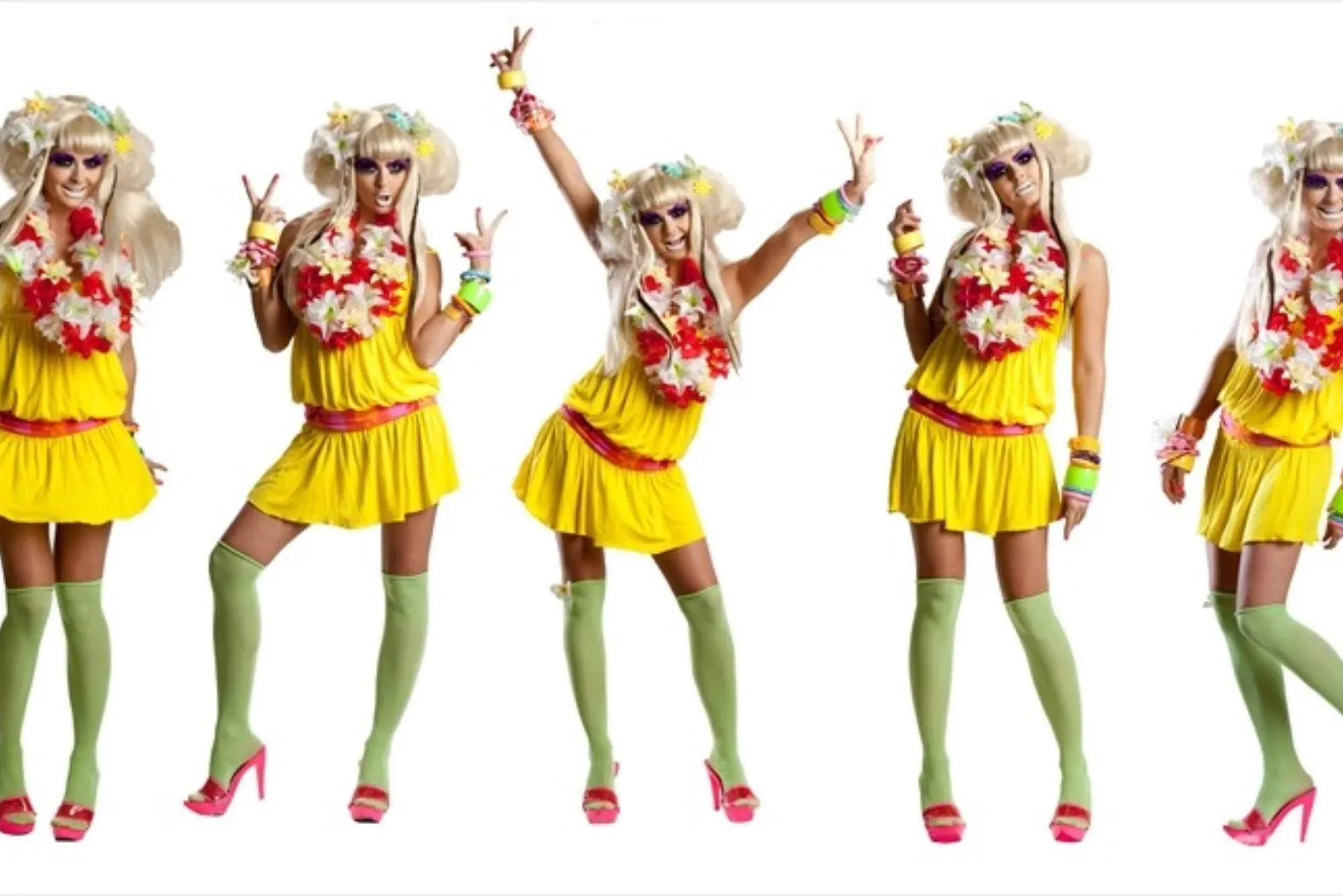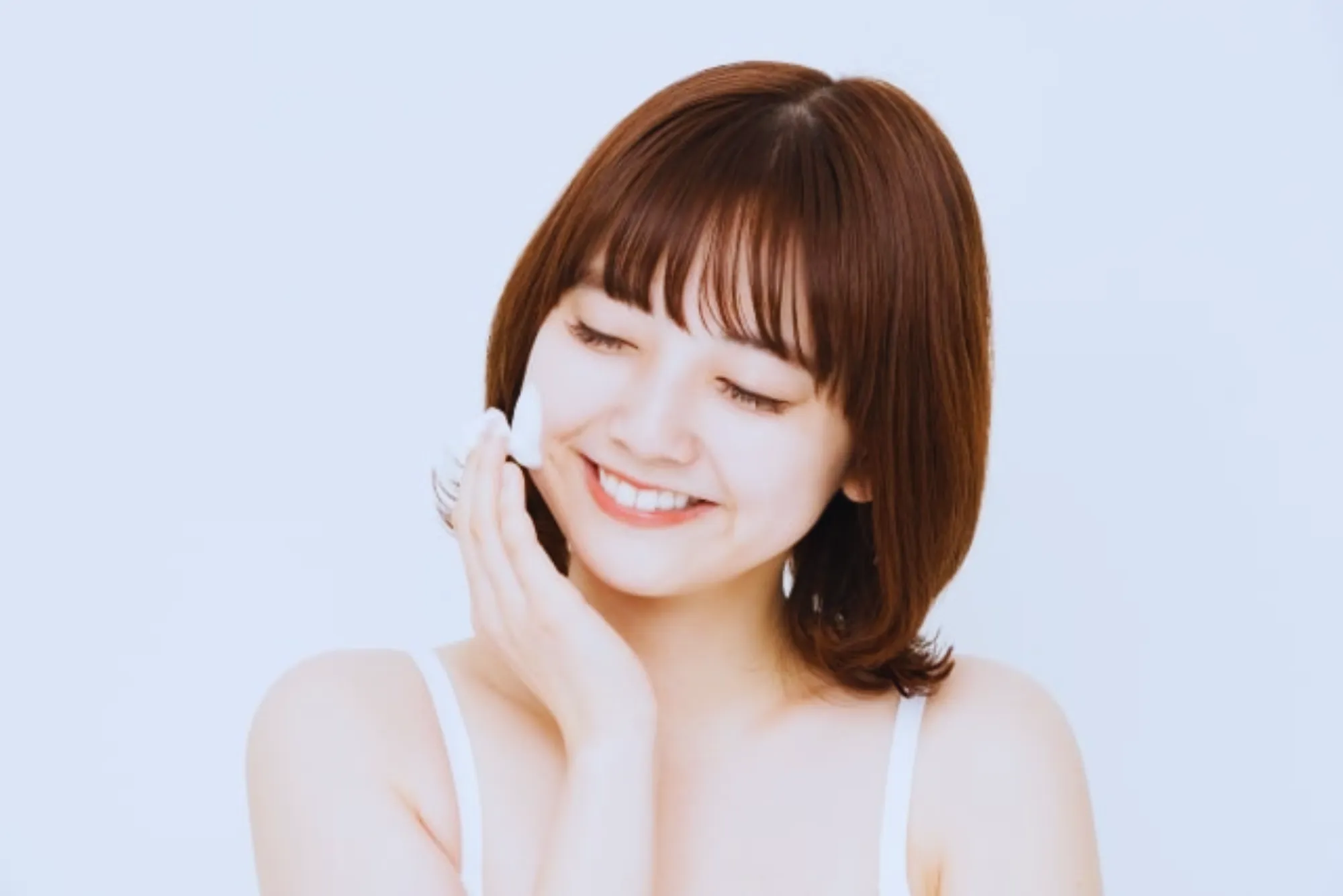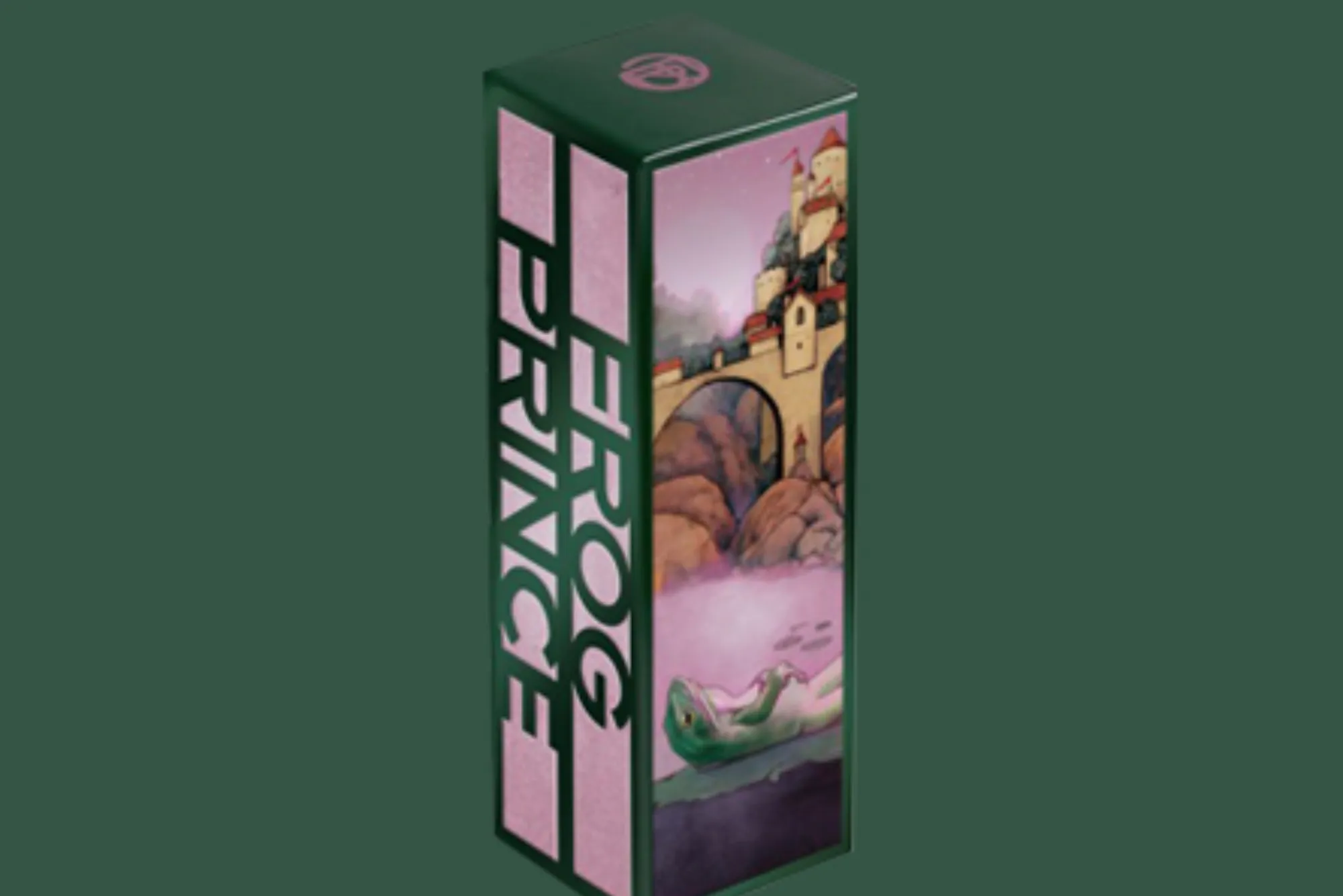Gyaru fashion, originating in Japan during the 1970s, has become a dynamic and influential subculture within the global fashion scene. This bold and extravagant style is characterized by its emphasis on glamour, rebellion against traditional beauty norms, and a celebration of individuality. In this article, we will explore the history, key elements, variations, and impact of gyaru fashion.
History of Gyaru Fashion
Origins in the 1970s
The gyaru style emerged as a counter-culture movement in the 1970s, initially as a rebellion against the traditional Japanese ideals of modesty and reserved femininity. Inspired by Western fashion and lifestyle, young Japanese women began to adopt a more provocative and eye-catching style.
Evolution Through the Decades
1980s: The style gained popularity with the rise of Japanese pop culture. Magazines like “Egg” and “Popteen” played a significant role in spreading gyaru fashion.
1990s: Gyaru fashion saw a peak in popularity. Substyles like ganguro, characterized by deep tans and contrasting makeup, emerged.
2000s: The style diversified further with the advent of substyles such as hime gyaru, which incorporated princess-like elements.
2010s to Present: Although less dominant in mainstream culture, gyaru fashion continues to evolve, embracing modern trends while retaining its core principles.

Key Elements of Gyaru Fashion
Hair and Makeup
Hair: Voluminous hairstyles, often dyed in light colors such as blonde or brown, are a staple. Hair extensions and elaborate styling are common.
Makeup: Dramatic makeup is a defining feature, including thick eyeliner, false eyelashes, and bold eyeshadows. Skin is often tanned, either naturally or using products.
Clothing
Outfits: Gyaru fashion incorporates a mix of trendy and extravagant clothing. Miniskirts, high heels, and statement accessories are frequently seen.
Brands: Popular gyaru brands include Liz Lisa, Ma*rs, and d.i.a, known for their chic and glamorous designs.
Accessories
Nails: Nail art is an essential aspect, with intricate and often 3D designs.
Jewelry: Chunky, eye-catching jewelry pieces complement the overall look.
Variations of Gyaru Fashion
Ganguro
Characterized by dark tans, white makeup accents, and bright clothing, ganguro is one of the most extreme gyaru substyles. It emerged in the 1990s and aimed to challenge traditional beauty standards.
Hime Gyaru
This substyle focuses on a princess-like appearance, with pastel colors, frilly dresses, and tiaras. Hime gyaru is all about elegance and femininity.
Kogyaru
Popular among high school girls, kogyaru fashion involves wearing school uniforms with a stylish twist, such as shortened skirts and loose socks.
Onee Gyaru
A more mature take on gyaru fashion, onee gyaru features sophisticated and elegant outfits, often suitable for working women.

Cultural Impact
Influence on Japanese Pop Culture
Gyaru fashion has significantly influenced Japanese media, including music, television, and manga. Many pop idols and influencers have adopted gyaru elements in their style.
Global Reach
While rooted in Japan, gyaru fashion has garnered international attention, inspiring fashion enthusiasts worldwide. Social media platforms and global events have facilitated the spread of this vibrant style.
Criticism and Controversy
Gyaru fashion has faced criticism for its perceived superficiality and the extreme lengths some followers go to achieve the look. However, it remains a powerful expression of individuality and defiance against conventional norms.
Gyaru fashion, with its rich history and diverse styles, continues to be a significant cultural phenomenon. It represents a bold statement of individuality, embracing glamour and rebellion. As it evolves, gyaru fashion maintains its influence both within Japan and globally, inspiring fashion enthusiasts to express themselves without boundaries.








